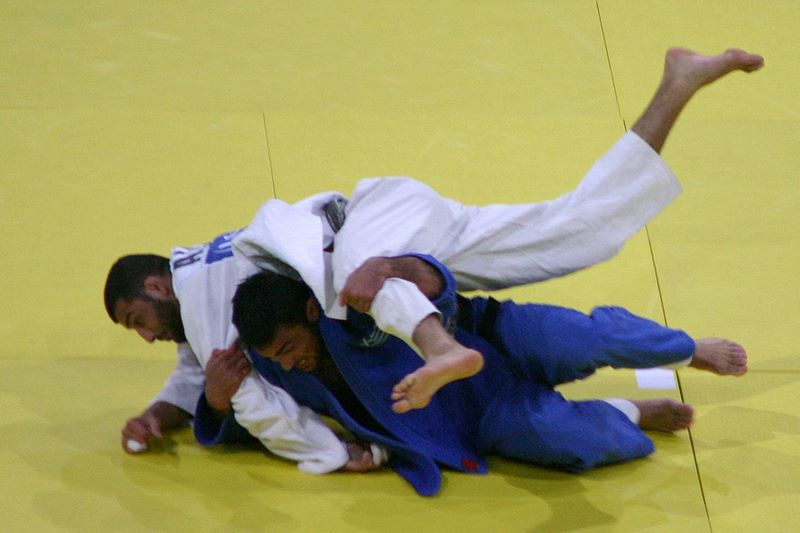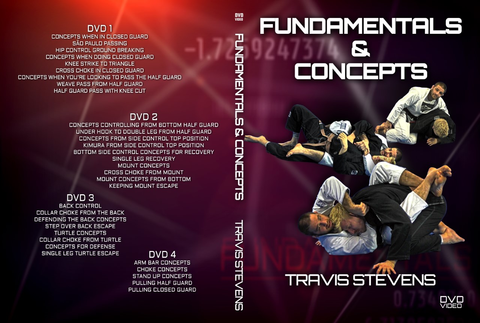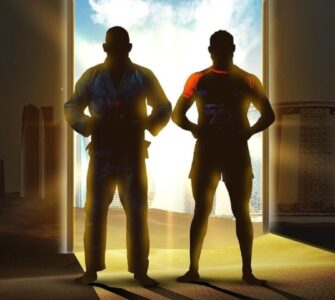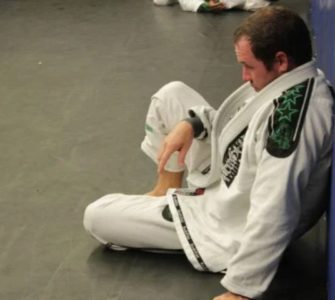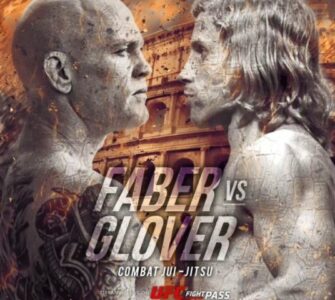There is a growing contingent of Judoka who are dissatisfied with the direction the sport has been moving over the past few decades. They don’t like the elimination of leg grabs, and the growing list of disallowed techniques and behaviors that push competitors to gravitate to a very small set of techniques. They are concerned that Judo’s ultimate effectiveness as a martial art is diminished as competitors skew towards what the Freestyle Judo website refers to as “Greco Roman wrestling in a kimono,” and becomes weak to styles of fighting that focus on wrestling type shots, or ground work based submissions.
Among these people was Steve Scott, the owner of Welcome Mat Judo club in Kansas City Missouri. He saw the direction main stream IJF Judo was going, and decided that Judo needed an alternative competitive format that would allow for the full range of techniques that Kano’s Judo originally contained. So Steve, along with a group of like-minded individuals, devised a ruleset that would allow Judo to be done, as they put it “The way it ought to be.”
The ruleset retains the traditional Judo concept of “Ippon.” If one competitor throws another competitor onto his back with speed and force, then the match is won. The same can be said if one competitor submits another with a choke or joint lock. The difference from IJF judo scoring, is that rather than counting wazaris and yukos, throws that do not score ippon are awarded points based on how close the throw was to an ippon. A throw that would have scored a wazari being worth 4 points, a yuko being worth 2, and koka being worth 1. Freestyle Judo also will not award ippon via pin (osaekomi), which IJF Judo would. Instead, competitors are awarded points for pinning their opponent. The amount of points awarded depends on the length of time the pin was held for. Points are also awarded for guard passes and sweeps on the ground. A technical ippon will be awarded if one competitor gets 12 points ahead of his opponent.
So why should this format matter to Jiu-Jitsu practitioners? I believe that any Jiu-Jitsu competitor looking for a competition to work on their takedowns in would do well to enter a Freestyle Judo tournament. For one, competitors who favor wrestling style shots will be allowed to execute their techniques, something they wouldn’t have in an IJF tournament. Additionally, although the ability to score a victory from a single well executed takedown is a foreign concept, the point scoring system is similar to what is used in jiu-jitsu competition. Freestyle Judo is also much more liberal in allowing ground work to continue than IJF Judo. As long as the competitors are actively working, the referee will allow the match to continue on the ground, only standing them up when a stalling position has been reached. This means that an aggressive jiu-jitsu game will be able to make the transition to Freestyle Judo with little modification. Guard pulling is technically even legal, although a guard pull is scored as if your opponent threw you, meaning that if you drop your back to the mat with speed and force you could “Ippon” yourself. Also, transitions on the ground score substantially less points than what you encounter in jiu-jitsu (a guard pass or sweep are only worth 1 point apiece) meaning that competitors are strongly encouraged to fight for the takedown. This is a good thing for jiu-jitsu competitors who spend a lot of time working on their takedowns, only to go to competition and fight only guard pullers.
If you’re someone who would like to give Freestyle Judo a try, I encourage you to go to www.freestylejudo.org, where you can find the complete rulebook, as well as a listing of all upcoming freestyle judo events. If you would like to compete in a fast paced ruleset that encourages fighting for the takedown and maintaining dominant position, this could be exactly what you’re looking for.
John Brashear.
If you want to see the habits of a crossover star, watch Travis Stevens closely. He has a special combination of skills relevant to Judo and a technical mastery over its close cousin, Brazilian Jiu Jitsu. Travis Stevens is an Olympic Judo Silver Medalist and John Danaher Black Belt. He showcases his art in his new instructional Fundamentals and Concepts.
- Travis has one of the strongest foundations from several different forms of grappling
- These principles will speed your learning curve
- Travis Stevens received his black belt in just 18 months
- Learn the central concepts between hitting a move and not
- The perfect instructional set for anybody of any age, rank, athletic level, and fitness level

